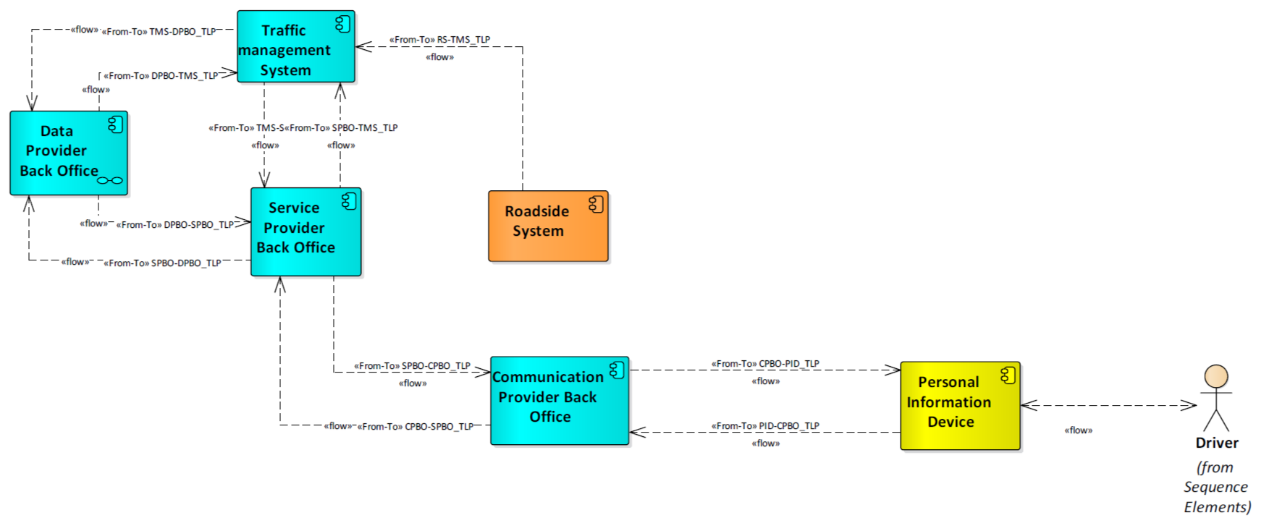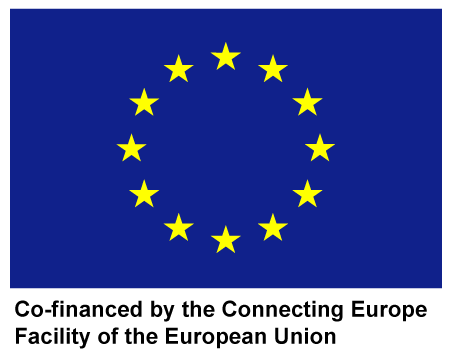
Cooperative Urban
Mobility Portal
Explore Connected and Cooperative Mobility

Cooperative
Urban Mobility Portal
Explore Connected and Cooperative Mobility
Cooperative Traffic Light for VRUs (CTLVRUs)
Traffic light prioritisation for designated Vulnerable Road Users (VRUs) aims to increase the safety and/ or the efficiency of the vulnerable road users and their trips through the provision of priority or additional crossing time (i.e., extending the green light phase or lessening the red phase). Based on technical detection methods it is possible to adapt the green time to the number and characteristics of VRUs as well as special conditions (such as weather).
Participating actors in Cooperative Traffic Light for Pedestrian include Vulnerable Road Users, general public, who wants to gain time, increase the comfort of his or her journey and physical well-being, and businesses and educational institutions, who want to lessen the traffic in the premises and increase the general public satisfaction, reduce the number of parking places, and ultimately improve the environment and the liveability and image of the city.
The objective of Cooperative Traffic Light for VRUs is to decrease travel time and increasing comfort and safety of Vulnerable Road Users in traffic, decrease car usage in urban environment, and reduce the need for parking spaces for cars.
Invisible
Your content goes here. Edit or remove this text inline or in the module Content settings. You can also style every aspect of this content in the module Design settings and even apply custom CSS to this text in the module Advanced settings.
Business models
Taking into account various stakeholders’ views, a list of business model blueprints that address current or future challenges of urban areas, together with their operating and value-capture scenarios depicting the inner-workings of the business models, and the exchange of costs-benefits among stakeholders, have been created for the Cooperative Traffic Light for VRUs service.
Invisible
Your content goes here. Edit or remove this text inline or in the module Content settings. You can also style every aspect of this content in the module Design settings and even apply custom CSS to this text in the module Advanced settings.
Architecture
ITS-G5
In case of ITS-G5 communication technologies the Traffic Management System uses the Back-Office Communication Provider relationship to provide information to the Service Provider, in order to provide the information to the vehicle communication system. The information shared to the Vehicle Connection System is obtained via the Vulnerable Road User sensor and pushed to the Traffic Signal controller. The Roadside Unit is able to handle Spat/Map and CAM messages, in order to obtain and provide information the Vehicle Information System: O-Board Unit.
Cellular
In case of cellular communications the Traffic Management System uses the Back-Office Communication Provider relationship to provide information to the Service Provider, in order to provide the information to the vehicle communication system. The information is forwarder to the Communication Provider Back Office who send the information to Personal Information Device of the driver.
Invisible
Your content goes here. Edit or remove this text inline or in the module Content settings. You can also style every aspect of this content in the module Design settings and even apply custom CSS to this text in the module Advanced settings.
Architecture schema
Detailed information about Cooperative Traffic Light for VRUs architecture can be found here.
Invisible
Your content goes here. Edit or remove this text inline or in the module Content settings. You can also style every aspect of this content in the module Design settings and even apply custom CSS to this text in the module Advanced settings.
Suppliers
Suppliers of components and solutions for the Cooperative Traffic Light for Pedestrian service include research institutes, such as CERTH-HIT as well as private companies, such as Macq, Dynniq, Traffic Technique,and Swarco.
Within the C-MobILE project the Cooperative Traffic Light for VRUs service is implemented in three Deployment Sites: Copenhagen, North Brabant, and Thessaloniki.
Invisible
Copenhagen
CTLVRUs, as deployed in the City of Copenhagen, is identical to the GLOSA service deployed for motorized vehicles, as it gives cyclists a speed advice for catching the green light at intersections. Contrary to cars, where the speed of one car, in situations of congestion, is dependent on the preceeding vehicles, cyclists are more free to adjust their speeds independently from each other and to catch the green light. Therefore, CTLVRUs (that is GLOSA for cyclists) is even more beneficial for the individual cyclist than for the individual motorist, reducing number of stops and accelerations that consume actual physical energy.
Invisible
North Brabant
In North Brabant the CTLVRUs service is implemented in the city of Eindhoven based on cellular communication technology.
Macq’s camera system is installed at an intersection with traffic lights in the city of Eindhoven. The camera detects the number of cyclists that are waiting at the traffic light and, when a large group is detected, priority is provided, so resulting in a shorter waiting time for cyclists. Apart from the camera system there is no additional equipment or smartphone App required for this service.
Invisible
Thessaloniki
In Thessaloniki the CTLVRUs service is implemented as proof of concept at few intersections. Information on the phases of the traffic lights is provided by the local technical partner Traffic Technique (responsible for the operation of the specific signalized intersections) to the GeoMessaging platform of the the service provider, the Hellenic Institute of Transport (CERTH-HIT). Such information is then provided to drivers through the CERTH-HIT App (cmobile.imet.gr) .




This website has received funding from the European Union’s Horizon 2020 Research and Innovation Programme
under Grant Agreement number 723311.
